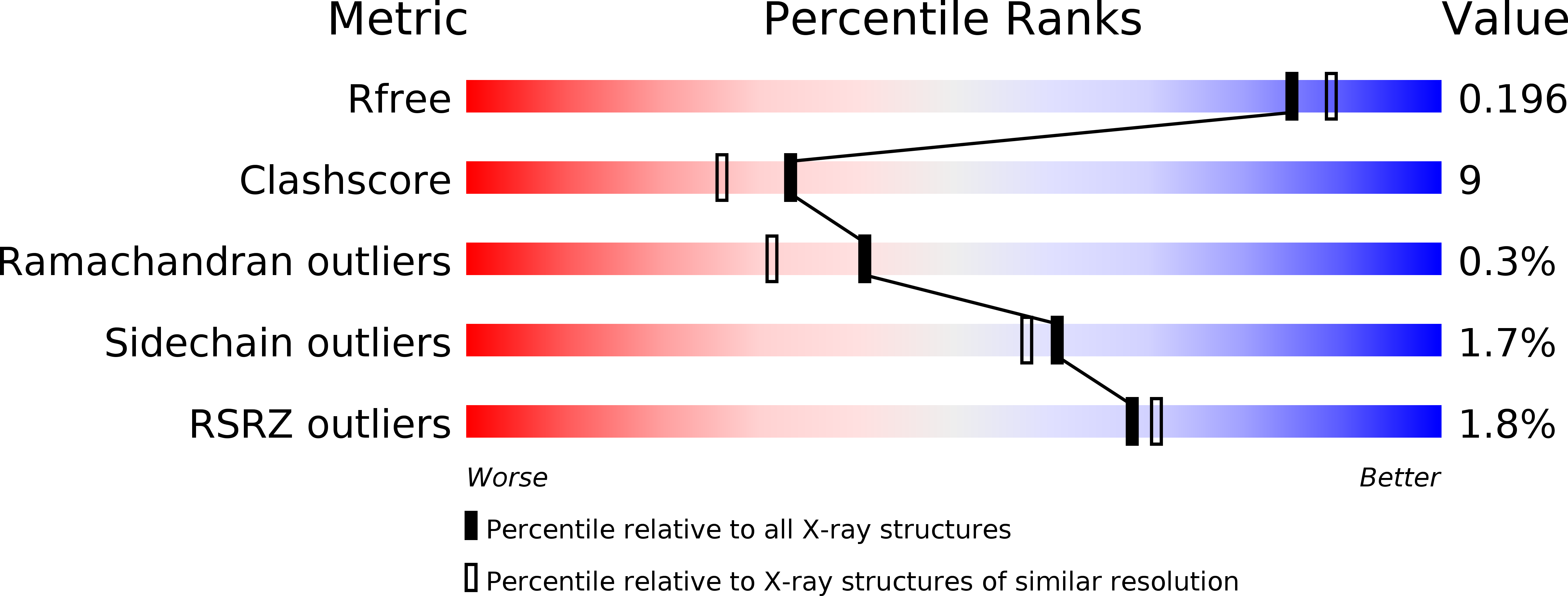
Deposition Date
2009-03-12
Release Date
2009-10-20
Last Version Date
2024-10-16
Method Details:
Experimental Method:
Resolution:
1.89 Å
R-Value Free:
0.19
R-Value Work:
0.16
R-Value Observed:
0.16
Space Group:
P 1


